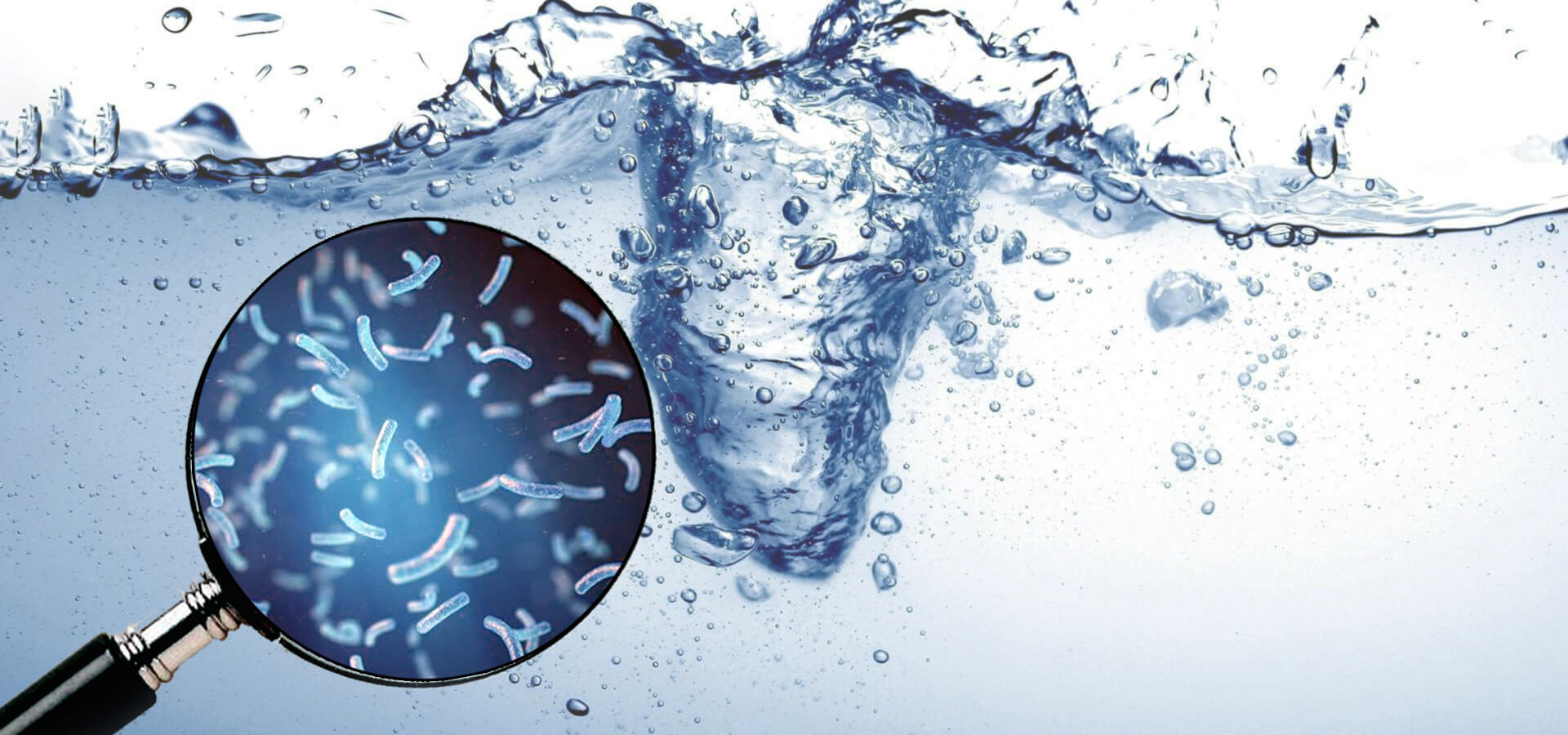Bacteria Normally Found In Water Aquaculture. Web the main findings confirmed that ras technology can be used as a control strategy for the stability of the water microbial community, that there is a dynamic succession of the dominant species in the biofilm communities, and that pathogenic bacteria can be dominant in the latter. Web avoiding and mitigating the introduction of harmful effluent into the environment must be a key part of intensive industrial aquaculture development in order to minimize pollution impacts.

In aquaculture systems, bacteria in the water column interact constantly with farmed fish and are critical drivers of fish health and wellbeing. Web common bacterial pathogens ( aeromonas, vibrio, and edwardsiella) in aquaculture common bacterial pathogens in aquaculture include: Web click to explore our other leap laboratories brands!
(2002) Found That Cytophaga Could Hydrolyze Organic Matter Such As Carbon Polymers And Proteins In Seawater Habitats.
Web the main findings confirmed that ras technology can be used as a control strategy for the stability of the water microbial community, that there is a dynamic succession of the dominant species in the biofilm communities, and that pathogenic bacteria can be dominant in the latter. Web microorganisms are the most numerous components of marine ecosystems and have been shown to respond to environmental changes and anthropogenic activities. It acidifies the groundwater and marine water so that the water is affected by these types of.
Web This Review Detailed The Applications Of Beneficial Bacteria And Discussed The Possible Mechanisms Underlying The Benefits Of Using Bacteria In Aquaculture, Thus Lending Support For Further Mechanistic Investigations And Novel Applications.
Some of the bacteria found in fish that are responsible for causing bacterial diseases are aeromonas, mycobacterium, streptococcus, edwardsiella, and flavobacterium. In aquaculture systems, bacteria in the water column interact constantly with farmed fish and are critical drivers of fish health and wellbeing. Web throughout the world, a.
Antimicrobial Resistance Of 11,274 Different Bacterial Isolates From Aquatic Reared Animals And The Aquaculture Environment Were Obtained From Literature.
Bacillus as gut probiotic significantly enhances growth, immune response, and disease resistance in several aquatic cultured organisms. Web avoiding and mitigating the introduction of harmful effluent into the environment must be a key part of intensive industrial aquaculture development in order to minimize pollution impacts. Web kirchman et al.
Web Common Bacterial Pathogens ( Aeromonas, Vibrio, And Edwardsiella) In Aquaculture Common Bacterial Pathogens In Aquaculture Include:
Web disease outbreaks in shrimp aquaculture is the major challenge that causes huge economic losses (hai 2015 ). Pond managers are aware that there are many planktonic algae in ponds, because they can see the larger ones or the color imparted to the water by an abundance of smaller ones. Hydrophila and other motile aeromonads represent the most common bacteria found in several aquatic environments, which include well water, bottled water, heavily polluted water, sewage, and chlorinated water.
Web Nitrogenous Species Namely Nitrites, Ammonia, And Nitrates Are Usually The Main Water Pollutants Associated With Aquaculture In That They Are Toxic To Aquatic Life And Aquatic Ecosystems.
These bacteria produce a variety of extracellular enzymes to break down or utilize complex carbon sources, providing balance to the aquaculture water ecosystem [ 7 ]. Regarding the comamonadaceae family, it is also found in aquaculture or aquaponic systems in other studies [ 7 , 12 ]. Web when fish are physiologically out of balance, nutritionally malnourished, or subjected to other stressors like poor water quality or overcrowding that promote opportunistic bacterial infections, these bacteria, which are typically saprophytic.